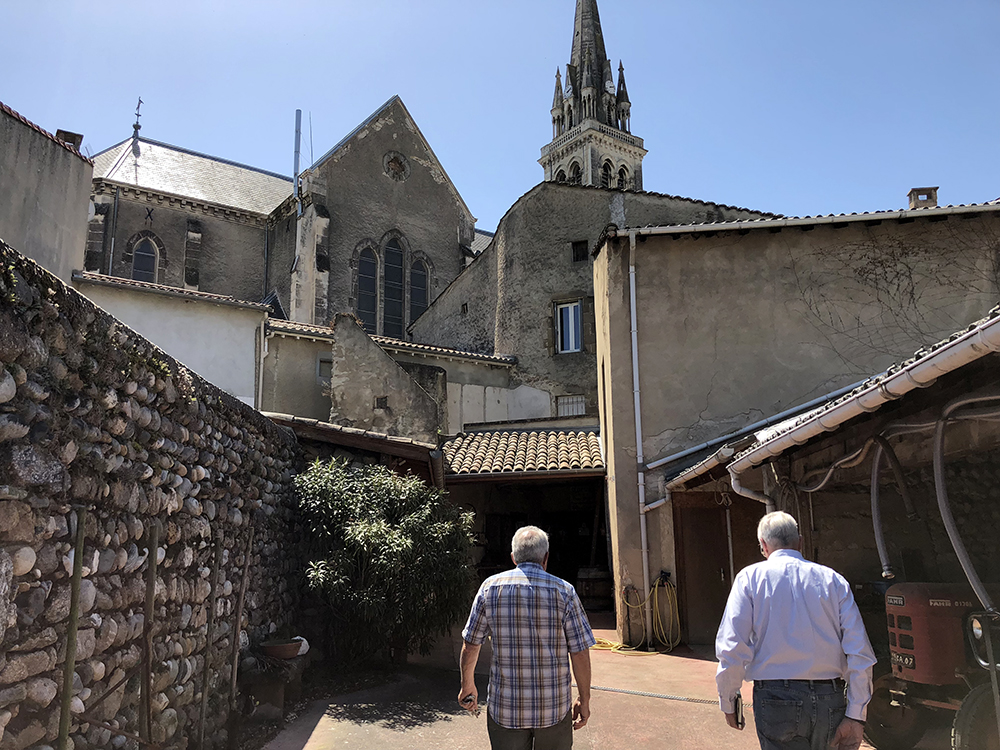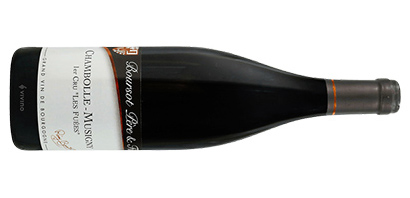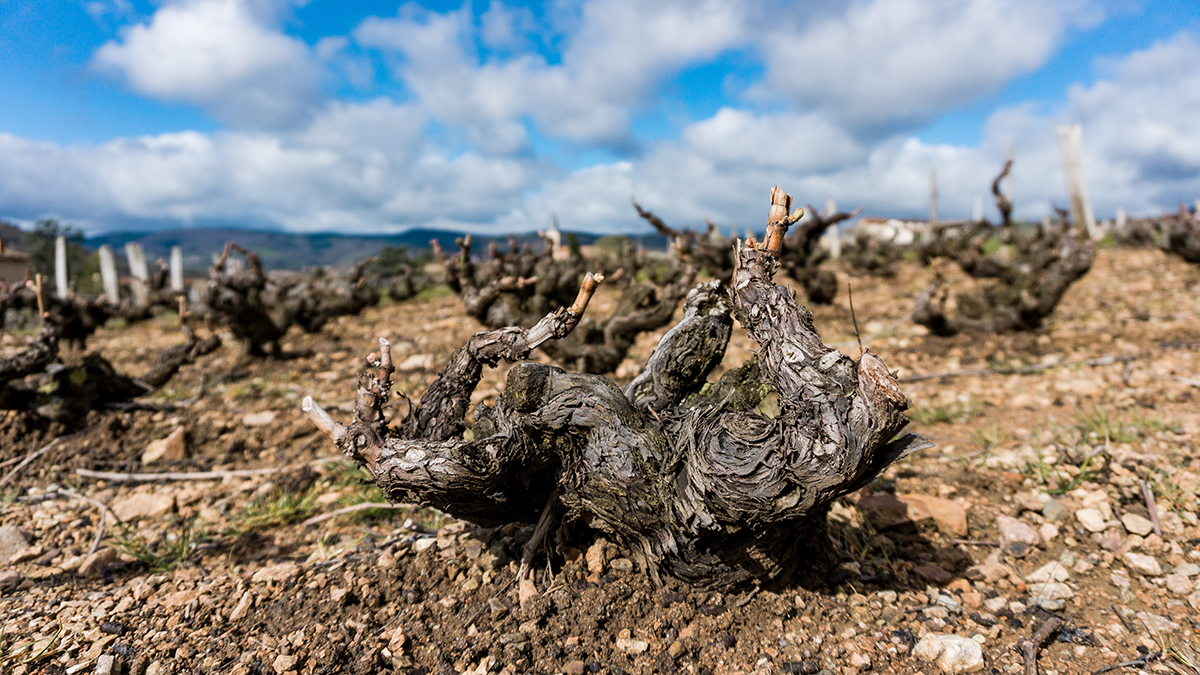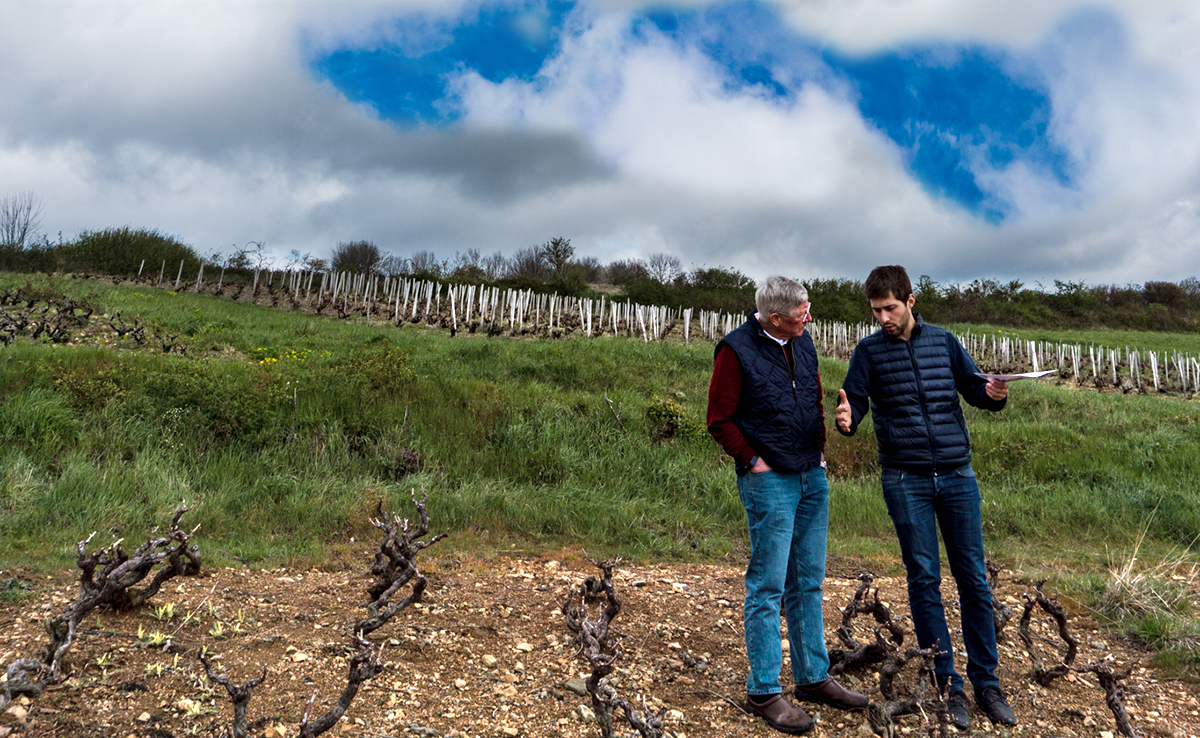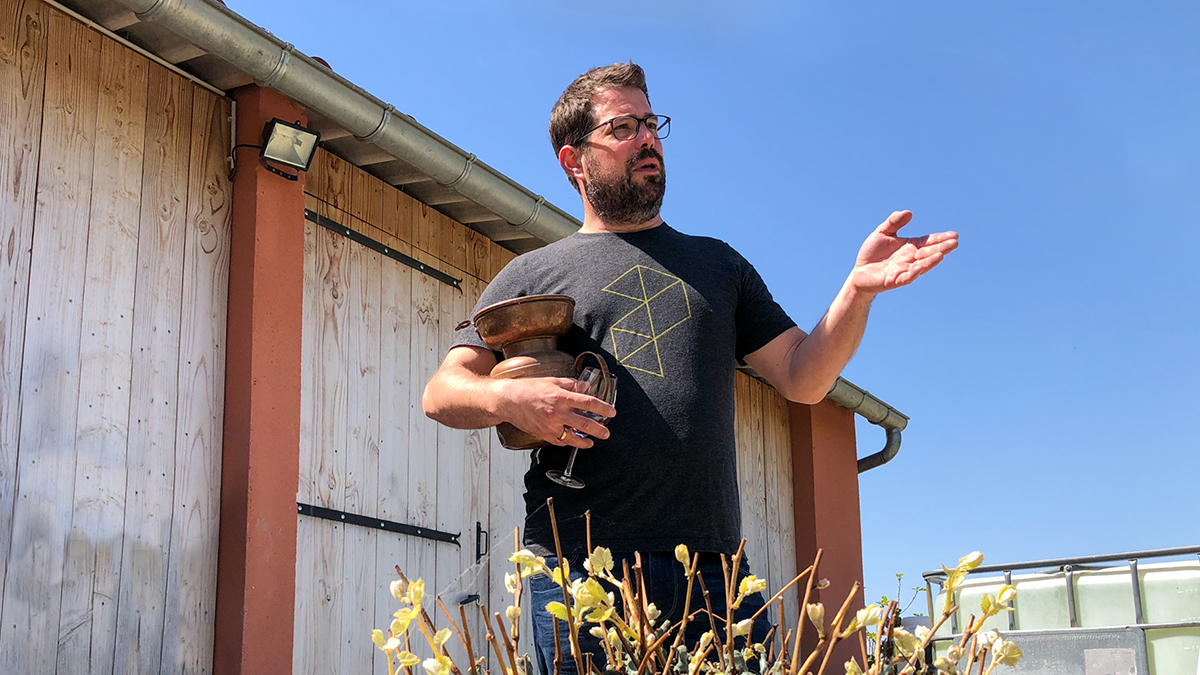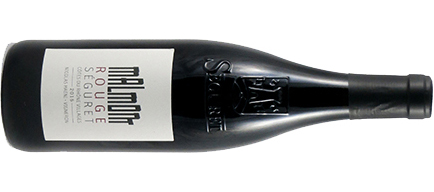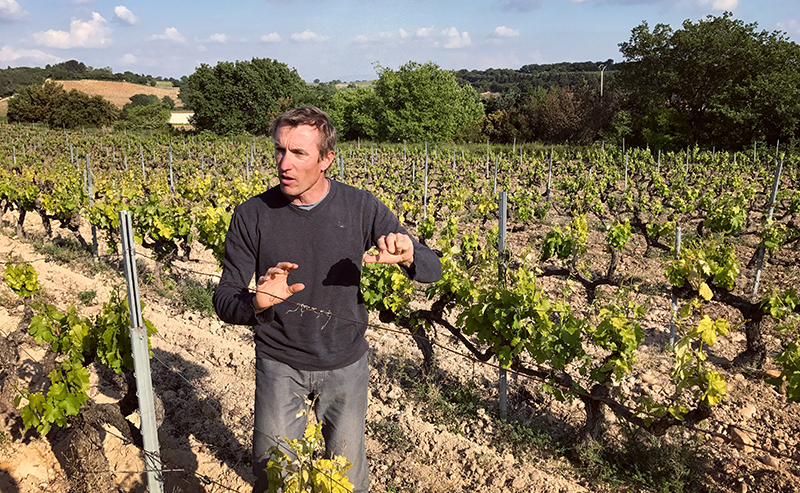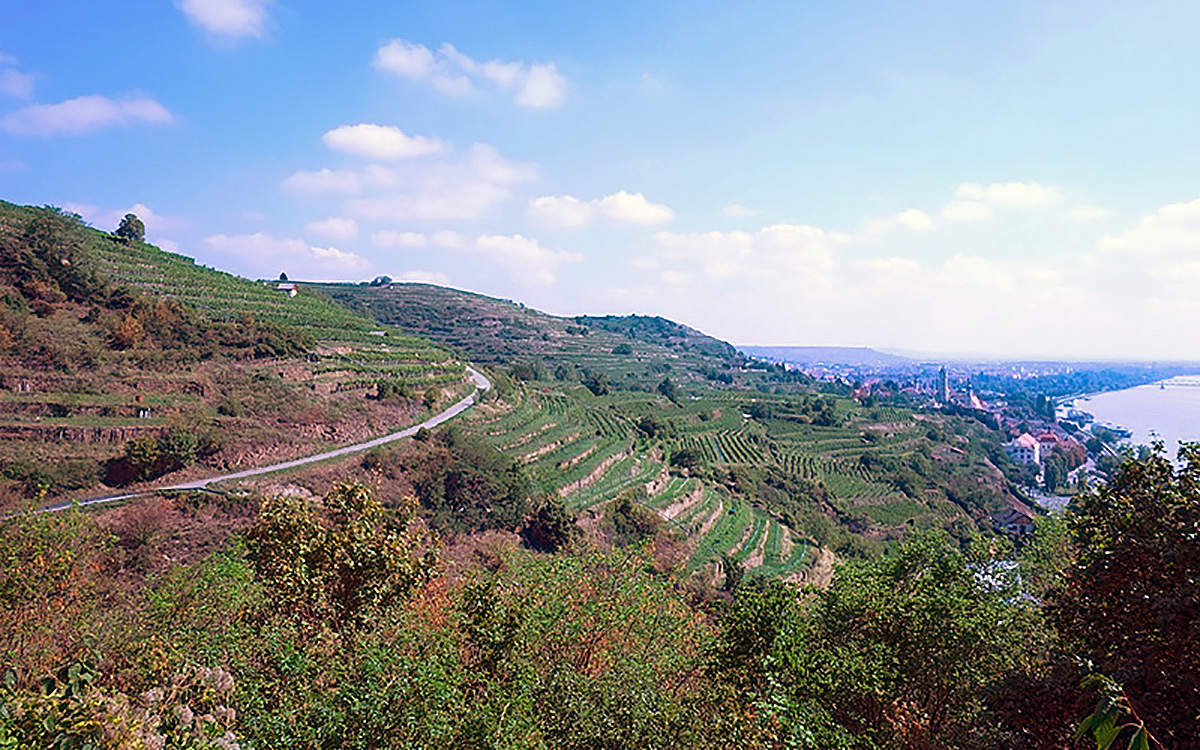The Belland family is based in Santenay, but its fine collection of properties stretches out along nearly the whole of the Côte de Beaune. To the south there are two vineyards in Maranges; and to the north, vines in Pommard, Volnay, Meursault, Puligny, and Chassagne. Two of the holdings are extraordinary: a large parcel in the Grand Cru Criots Bâtard-Montrachet, and a large monopole in Chassagne-Montrachet along the border with Santenay — the Clos Pitois — which is planted equally to red and to white. With prices ranging from the low end to the high end by a factor of ten, the Belland’s range has wide appeal.
In red, we begin in Maranges with the premier cru Clos Roussot 2018. As we reported in last Sunday’s post, this is the best Maranges we have tasted. It is round and ripe, with plenty of body, blending blueberry fruit with a pleasant minerality. It will be delicious on the day it arrives, and will continue to give pleasure over the next three or four years.

Just to the north in Santenay proper, we offer two premier cru reds to choose from: Beauregard and Gravieres. Beauregard is like a big brother to the Maranges — more to it and richer, but with a similar attractive blend of ripe fruit and earth. You can start drinking this wine right away, and it will continue to show beautifully for many years, depending on how well you store it. (We recently opened a bottle of this from the 2009 vintage and found it hadn’t lost a step.) Burghound awarded 91 points, and named it a “top value for the vintage.” Gravieres is a better known vineyard than Beauregard and it generally finds its peak later. Its pedigree shows up in a very long finish. The tannins are just a bit firmer than Beauregard’s right now — we’d give it half an hour in a carafe were we to open a bottle today — but the added structure will carry it longer and likely offer a glass with more finesse and complexity when its best moment arrives.

Just across the border into Chassagne we find the Chassagne-Montrachet premier cru Clos Pitois. The 2018 vintage is quintessential Côte de Beaune red. The tannins are very fine-grained and dense, and will need some time to round out. But in the ripe 2018 vintage they don’t even begin to get in the way of the perfectly ripe black cherry fruit. The wine is clean and precise, with an unusually long finish. This is red Chassagne at its best, and we plan to put some of this wine in our personal cellars to enjoy over the next decade or so.
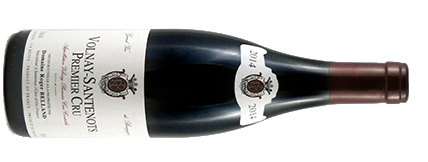
Finally, we suggest the Volnay 1er cru “Santenots” 2018. Volnay’s wines own the Côte de Beaune’s highest reputation, perhaps because of their elegance. Writers often contrast the elegance of Volnay with the meaty and powerful wines of Pommard. The French use the term aerien (“airy”) to describe their register. Belland’s 2018 “Santenots” is all of that. Fermentation was with 80% whole clusters, and the ripe stems contribute complexity and airiness. Writer Allen Meadows (“Burghound”) found that “background wood influence sets off the equally floral-infused aromas of very spicy dark berries and exotic tea scents.” This is a wine that will age gracefully and deliver pleasure for many years.
Burghound chose three of Belland’s wines for his list of 2018 reds that are “particularly outstanding for their respective appellations and especially merit your attention”: Beauregard, Pitois rouge and Santenots. You can’t go wrong with any of them.
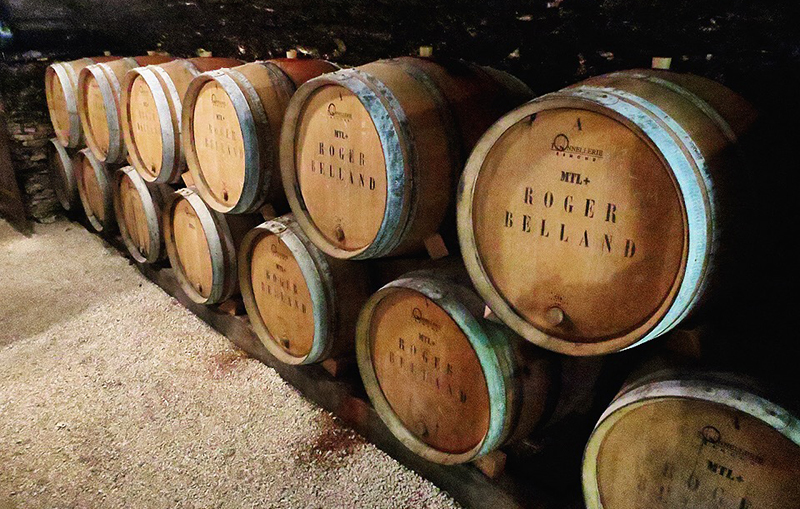
We often find particular value in whites from villages best known for their reds (and vice versa). Belland’s 2018 Santenay Beauregard 1er cru blanc is decidedly in this category. While it won’t quite match the depth and length of the 2018 Clos Pitois blanc, the Beauregard offers a similar combination of lemon and orchard fruit (white or yellow peaches) with a touch of lemon peel. There is good freshness here, and we think you can enjoy it over the next three to five years.
Chassagne-Montrachet is best known for its whites, of course, and the Clos Pitois produces one of the best premier crus of the village. Clos Pitois blanc 2018 is a big wine, juicy and round with plenty of body. Its fruit is ripe lemon and orchard fruit, which balances well with its noticeable oak. The finish is long. Burghound found the wine “nicely focused” and predicted that it would “drink reasonably well young while repaying short to perhaps medium-term cellaring.”
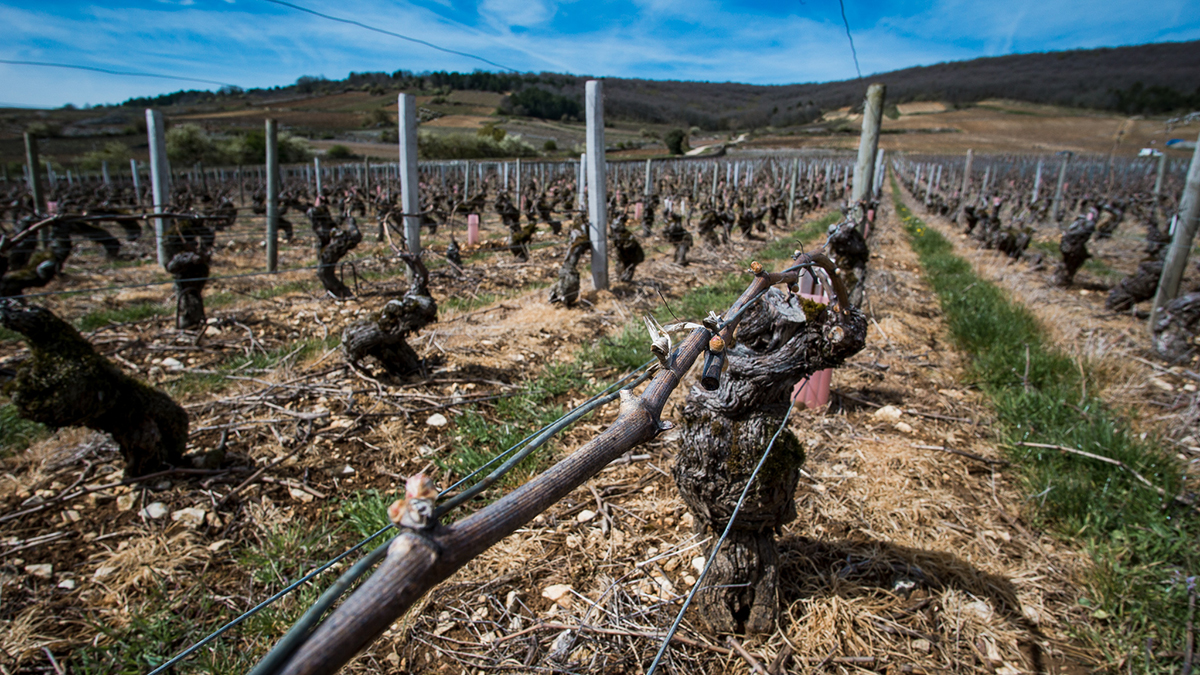
Belland’s Puligny-Montrachet 1er cru “Champs Gains” is excellent in 2018. Burghound labeled it “particularly outstanding for the appellation” and praised the “excellent volume, all wrapped in a stony finale that builds in intensity.” We thought the wine very well balanced. Like most Pulignys, this wine will need some time to knit together and show its refinement, but we agree with Burghound that excellent depth should develop in a few years.
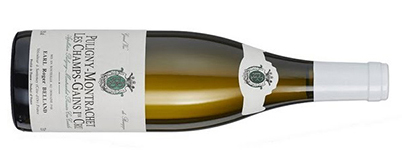
If you have the budget for Grand Cru white Burgundy, Belland’s 2018 Criots Bâtard-Montrachet is a good one to consider. The Bellands own 1.5 acres in this vineyard (a huge parcel by Grand Cru standards). This wine is very big, with lots of complexity and plenty of length. For the details, we refer you to Burghound, who tastes a lot more Grand Cru white Burgundy than we do and captured the wine particularly well. He found aromas of peach, apricot, pear and mango, “trimmed in just enough wood to notice. The broad-shouldered flavors are rich to the point of being almost oily, [with] the powerful finish delivering fine length.” He thinks the wine will age well over the next decade.
ROGER BELLAND
(case prices)
Maranges 1er cru “Clos Roussot” 2018: $375
Santenay 1er cru “Beauregard” 2018: $450
Santenay 1er cru “Gravières” 2018: $450
Chassagne-Montrachet 1er cru “Clos Pitois” rouge 2018: $650
Volnay 1er cru “Santenots” 2018: $795
Santenay 1er cru “Beauregard” blanc 2018: $450
Chassagne-Montrachet 1er cru “Clos Pitois” blanc 2018: $895
Puligny-Montrachet 1er cru “Champs Gains” 2018: $995
Criots-Batard Montrachet Grand Cru 2018: $3,995
